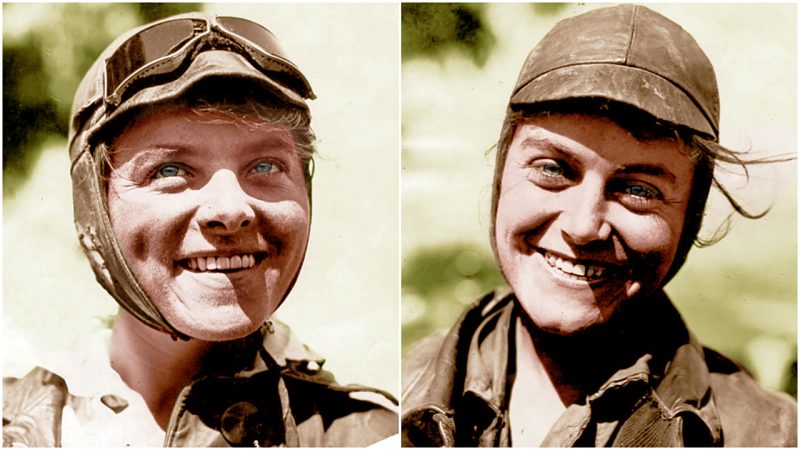In 1916, the United States was on the verge of entering World War One, and citizens around the country were preparing to further the war effort.
Two of those citizens were Adeline and Augusta Van Buren.
The sisters were descendants of President Martin Van Buren, and they felt a keen desire to show their patriotism.
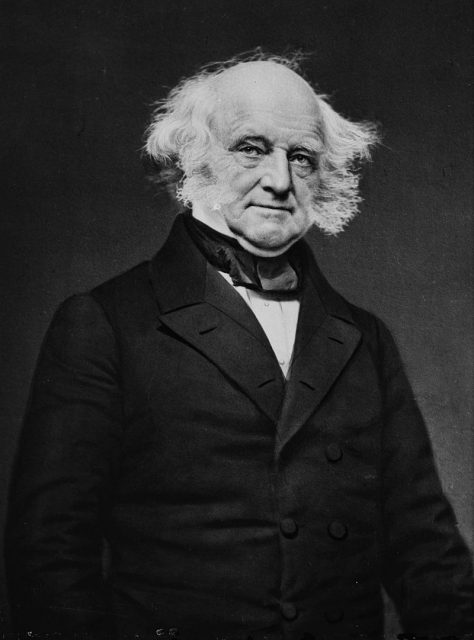
Adeline and Augusta were society women, used to a life of privilege and comfort, when the onset of war caused them to enter a whole new world.
According to Road and Track, Addie and Gussie (as they liked to be called) may have been society ladies, but they had some fairly unorthodox and athletic interests for women of their time.
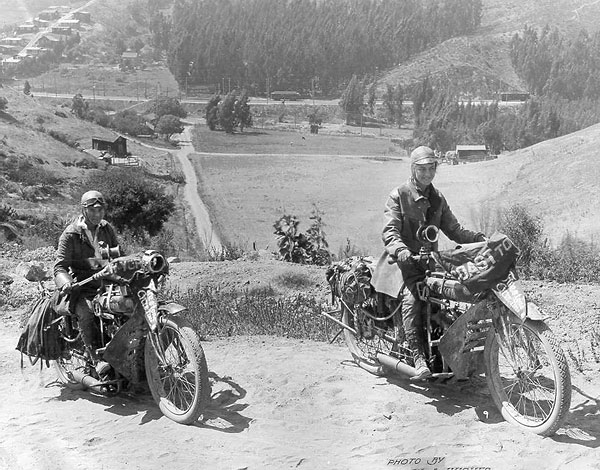
They liked to box and fly airplanes. They ice skated. They loved to ride motorcycles and took part in an annual motorcycle race between New York and Poughkeepsie on New Year’s Eve. Their motorcycle skill was the one they wanted to offer up for the war effort.
The Van Buren sisters volunteered to become military dispatch motorcycle couriers for the troops, allowing, they said, troops to be freed up for the actual fighting. The government turned them down flat, since women were forbidden from being involved in any combat duty.
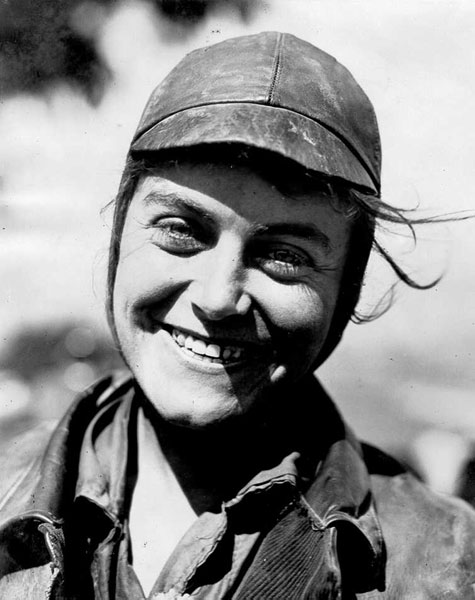
Addie and Gussie decided that the thing to do was to demonstrate in a concrete way that they were particularly well-suited to the task, despite their gender, and force the government to reconsider its position.
Having already logged thousands of hours on their motorcycles, the way they chose to do it was by making the 3,000 mile trip across the United States, unaccompanied.
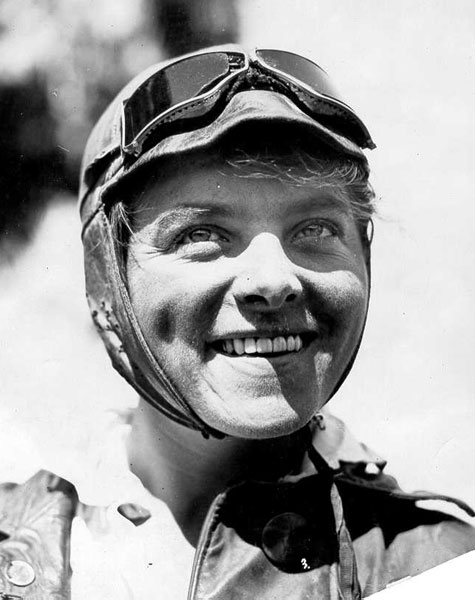
The trip would be long and difficult — there were no interstates at the time, or even maps for the part of the trip that was west of the Mississippi, according to Mental Floss; in fact, there weren’t always roads. The sisters felt that the difficulty and danger involved in making the trip should amply demonstrate their fitness to work as couriers in the war.
They began their trip July 4th, from Sheepshead Bay Racetrack in Brooklyn, heading for California, riding their Indian motorcycles along the Lincoln Highway. Equipped with their bikes, their amazing courage, and their support for each other, they hit the road.
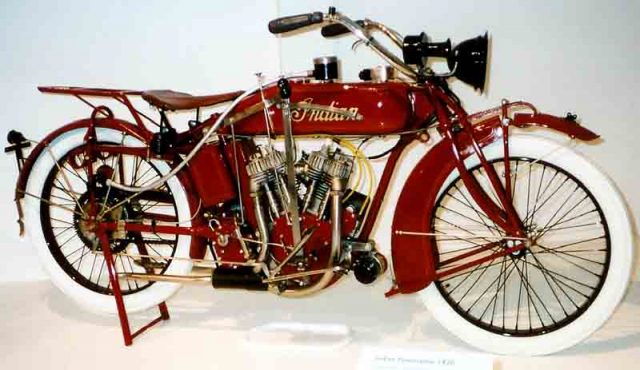
Their great nephew, Robert Van Buren, later told the Worcester Telegram “There were no road maps west of the Mississippi. The roads were just cow passes, dirt trails, wagon trails, things like that.”
The Lincoln Highway wasn’t a manicured, paved road like we think of today. The sisters were faced with bad weather, which in turn, made for bad roads, throwing them off course and playing havoc with their schedule.
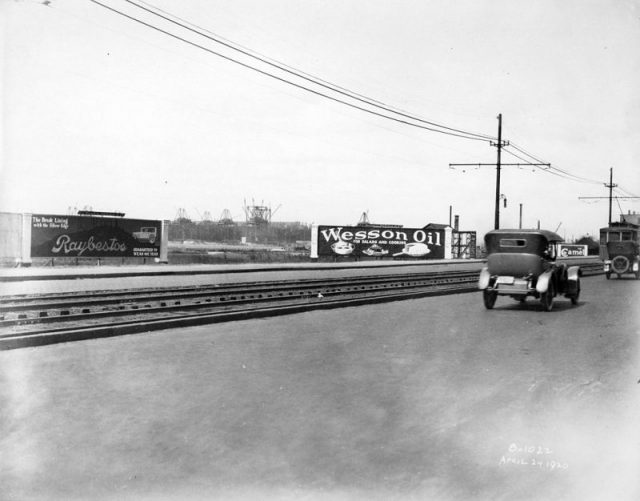
Van Buren went on to say, “They had no helmets. They just had goggles with a leather cap and leathers on. They were really exposed to the elements. They had a tough time.”
One of the first major obstacles the sisters encountered happened only a few days into their trip. West of Chicago, the sisters were pulled over by police… for the way they were dressed.
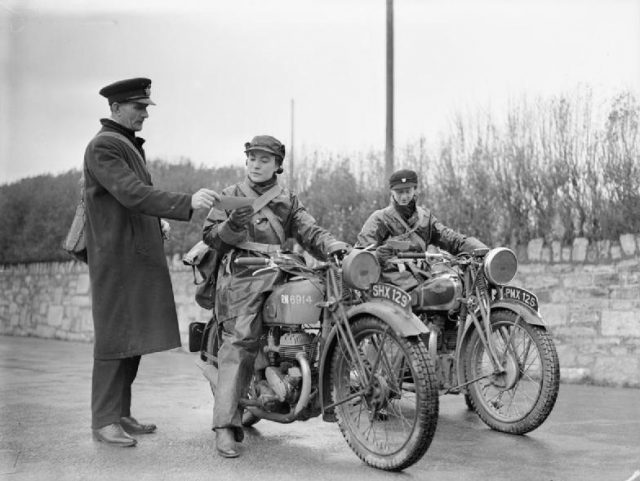
It was still illegal in some states for women to be dressed “like a man, ” and the sisters were wearing leggings and leather riding breeches. They were able to plead their case and were released, but it caused their first slowdown. That wasn’t the only time the issue came up. They were arrested over and over again for their attire, causing more delays, and the trip that they were planning on completing in one month turned into two.
When the sisters hit the Rockies in August, they set their first record, becoming the first women to ever scale Pike’s Peak with motorized vehicles. Since they were already running so far behind schedule, they decided to shift their projected route, choosing to take a more direct path through the Rocky Mountains, instead of going north through Wyoming as they had originally planned.
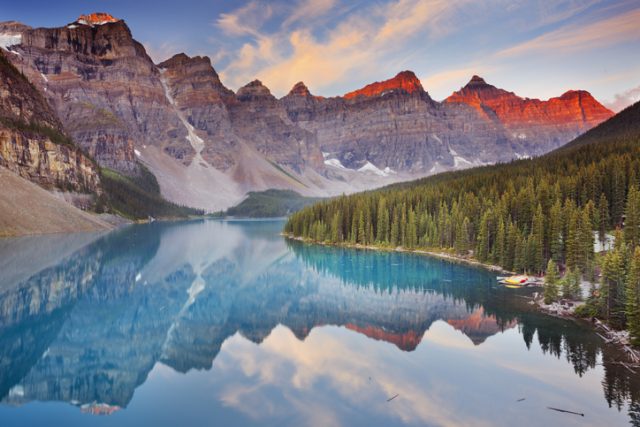
The route may have been more direct, but it was also more treacherous, especially when heavy rains turned the roads into deep mud, which eventually bogged the motorcycles down so badly that the women were forced to leave them and look for help on foot. They eventually found a mining town. Some miners helped them free their stuck motorcycles and offered them food and rest.
They had another near-disaster 100 miles west of Salt Lake City, when high winds scoured away the path they were following, and they were in the desert with very little water. Luckily, they happened across a prospector who could offer them supplies as well as set them back on the right path.
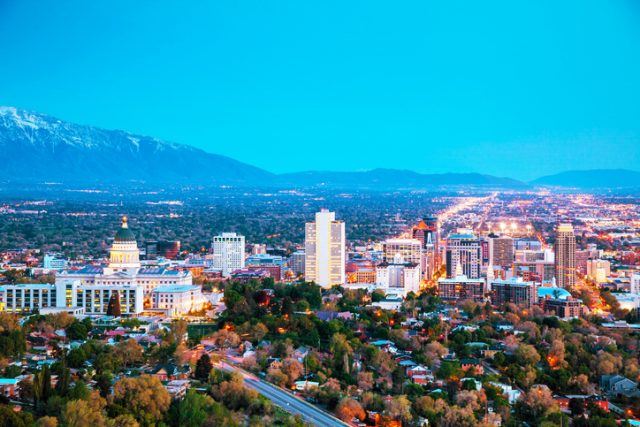
On September 2nd, the two women finally reached San Francisco, and they completed their journey to Los Angeles on September 8th. They didn’t stop after that, either. Addie and Gussie pushed on, heading south down California into Tijuana.
Their journey did receive a lot of media coverage, but not generally the sort that they were hoping for. Their ride was often either talked about as some sort of “vacation, ” or, like a piece in the Denver Post, it was suggested that the ladies were using the war as an excuse to ignore their duties at home. Worse yet, the government was unmoved in their refusal to allow the sisters to become couriers.
Emboldened by their epic trip, and with their enthusiasm to succeed in a male-dominated world undiminished, the sisters took on other projects. Addie received a law degree from New York University, at a time when a woman practicing law was virtually unheard of. Gussie perfected her aviation skills, and joined the Ninety-Nines, an international organization of female pilots.
Read another story from us: The Cyclist Who Disappeared on His Mission to Circumnavigate the Globe
Their amazing trip and their later pursuits served as beacons for women aspiring to new opportunities and choices, and they did it before women even had the vote.
